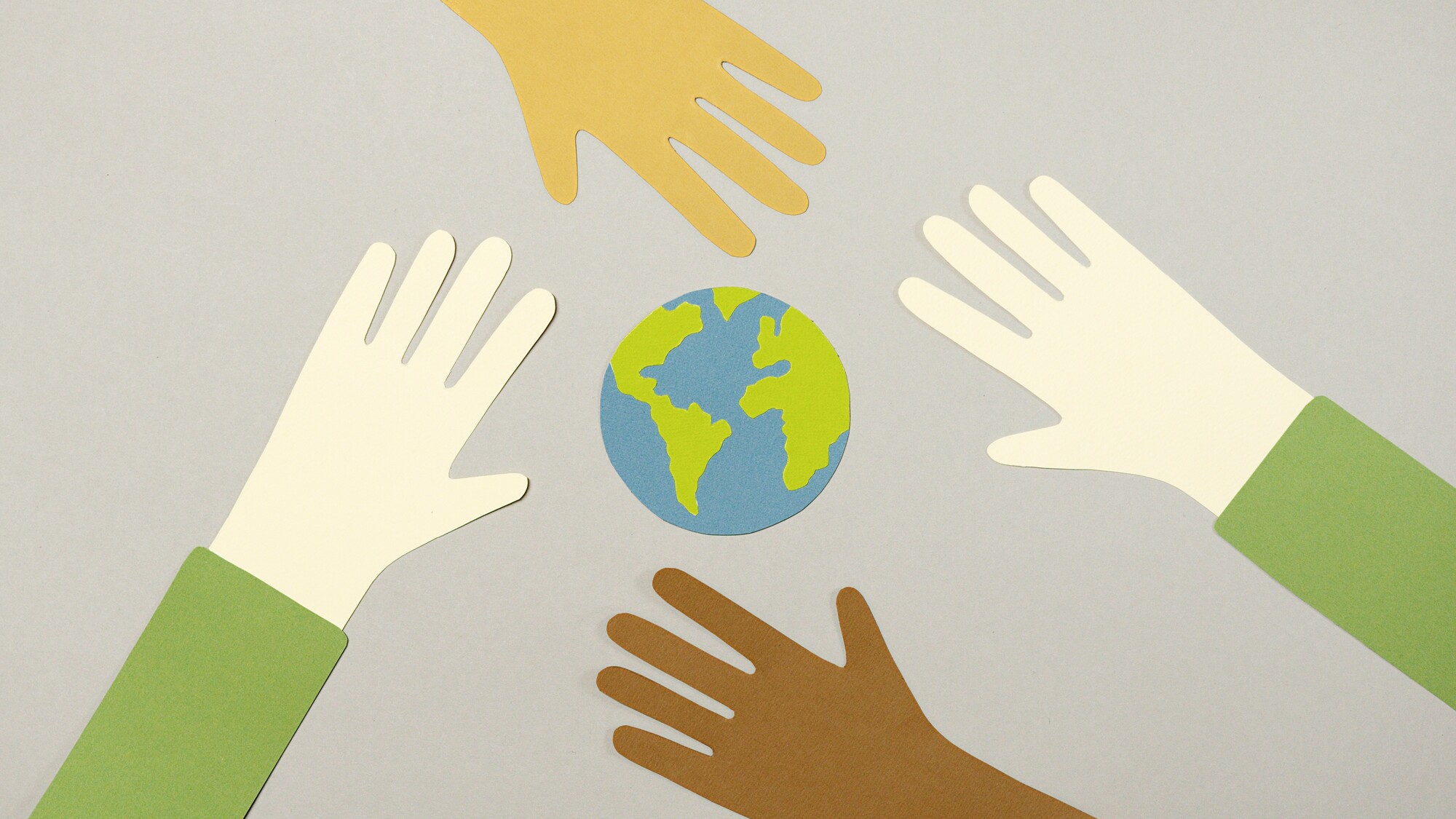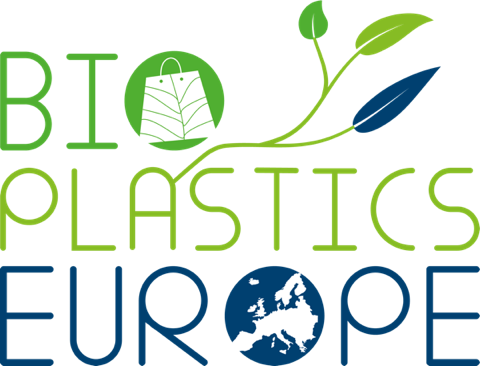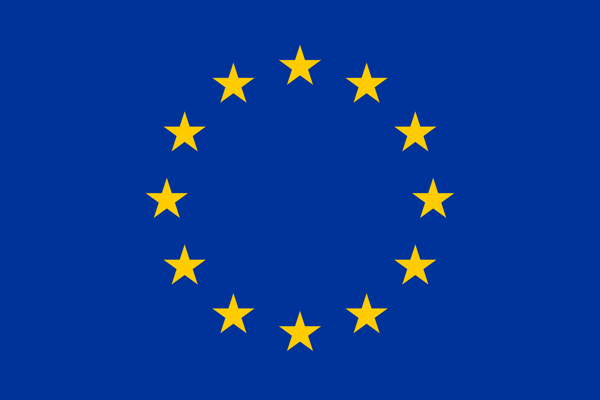No silver bullet for sustainable plastic consumption
By Anna Fråne, Swedish Environmental Research Institute, Sweden

Ilustration by Artem Podrez on Pexels
It is hard to imagine a world without plastics. Whether we like it or not, plastics have become an essential part of everyday life. On a normal working day, plastics are integrated in our computers, our phones, perhaps in our clothes, and in our glasses. Our lunch may be delivered in plastic packaging, and we brush our teeth with a plastic toothbrush. Our society is undeniably depending on plastics, but there are good reasons why plastics are used this extensively, and why its consumption continues to rise.
However, the advantages of using plastics come at a high price. Environmental impacts are linked to every part of the plastics’ life cycle, from the extraction of the raw materials to waste treatment. Three aspects are often mentioned as central:
- Climate impact of plastics due to its current dependence of fossil fuels, both as raw material and as energy consumed in the manufacturing processes.
- Hazardous substances that may be present in plastics, mostly in the form of additives which are meant to improve the properties of plastics.
- “Leakage” of plastics to the environment in the form of littering, abrasion of car tires, artificial turfs etc. The sources of plastic pollution are numerous.
So, how can we reduce the negative side of plastics while still benefiting from the positive ones? Here, we can talk about three main pathways to a more sustainable use of plastics.
- The first one, which we can call “smarter use”, is about show-ing the material some respect and using it wisely, where it is most useful. It is also about reducing the need for products or services fulfilled by plastics, using less plastics to fulfill the same function, and reusing plastic products so that their lives are prolonged – this would diminish the demand and the production of new products. BIO-PLASTICS EUROPE is addressing this in the frame of its HISCAP network, a network dedicated to raising awareness among European cities.
- The second pathway, and the main focus in BIO-PLASTICS EUROPE, is about moving from fossil-based feedstocks to bio-based feedstocks, but also to avoid using fossil fuels in the production of plastics.
- The third pathway focuses on increasing the circularity of plastics – this can be achieved by collecting and recycling more plastic waste, making sure that recycled plastics are used in meaningful applications, implementing “design for recycling” and “design from recycling” principles, being transparent about chemical content and potential hazardous substances present in plastics, as well as having business models enabling this to happen. Circularity is a cornerstone of BIO-PLASTICS EUROPE and is addressed in several project activities.
Focusing on one strategy is, however, not enough. All three pathways must be combined and worked on simultaneously in order to reach more sustainable consumption of plastics. There is simply no silver bullet, but a palette of potential solutions to be further explored.


